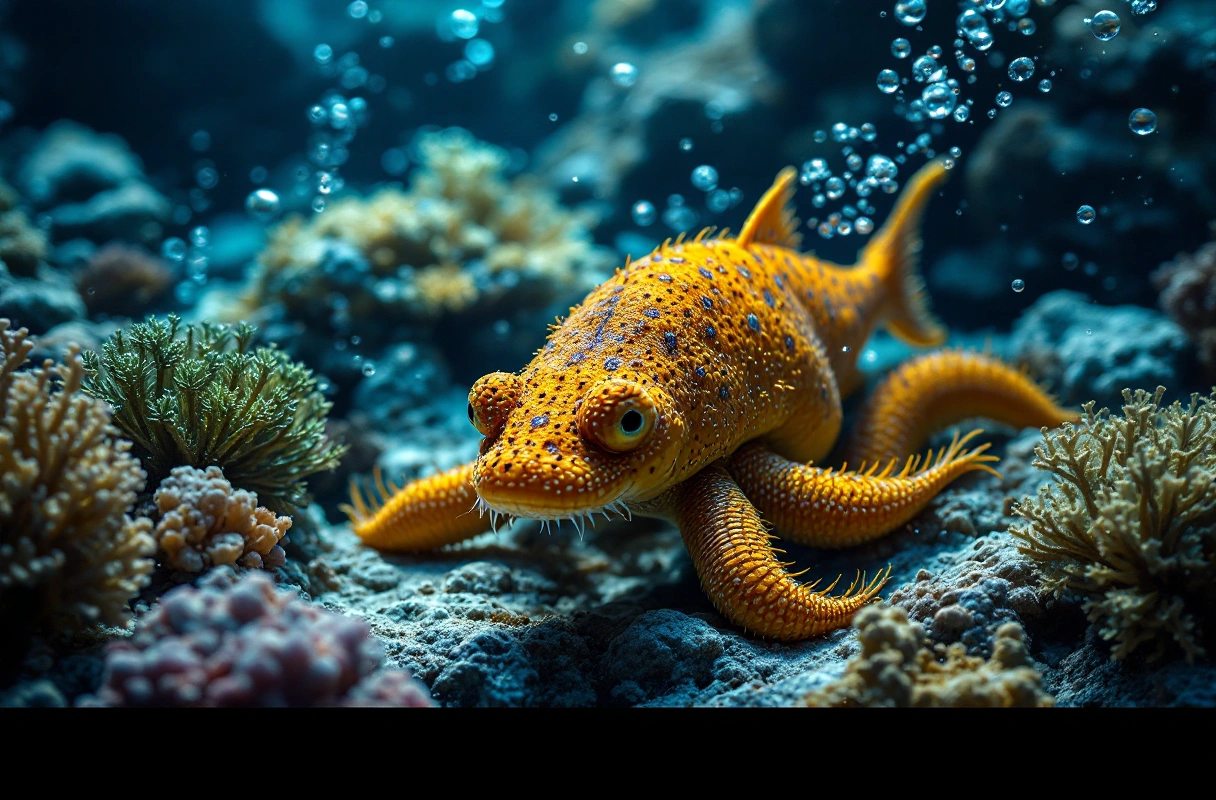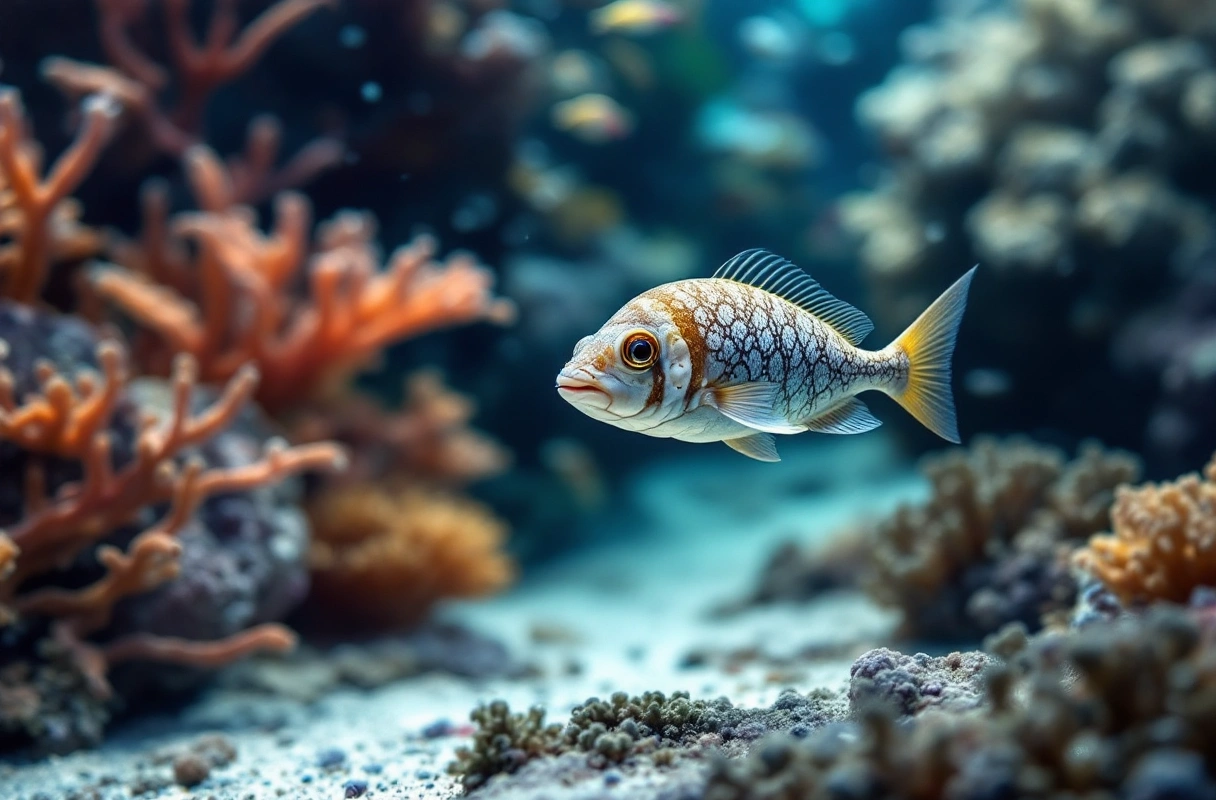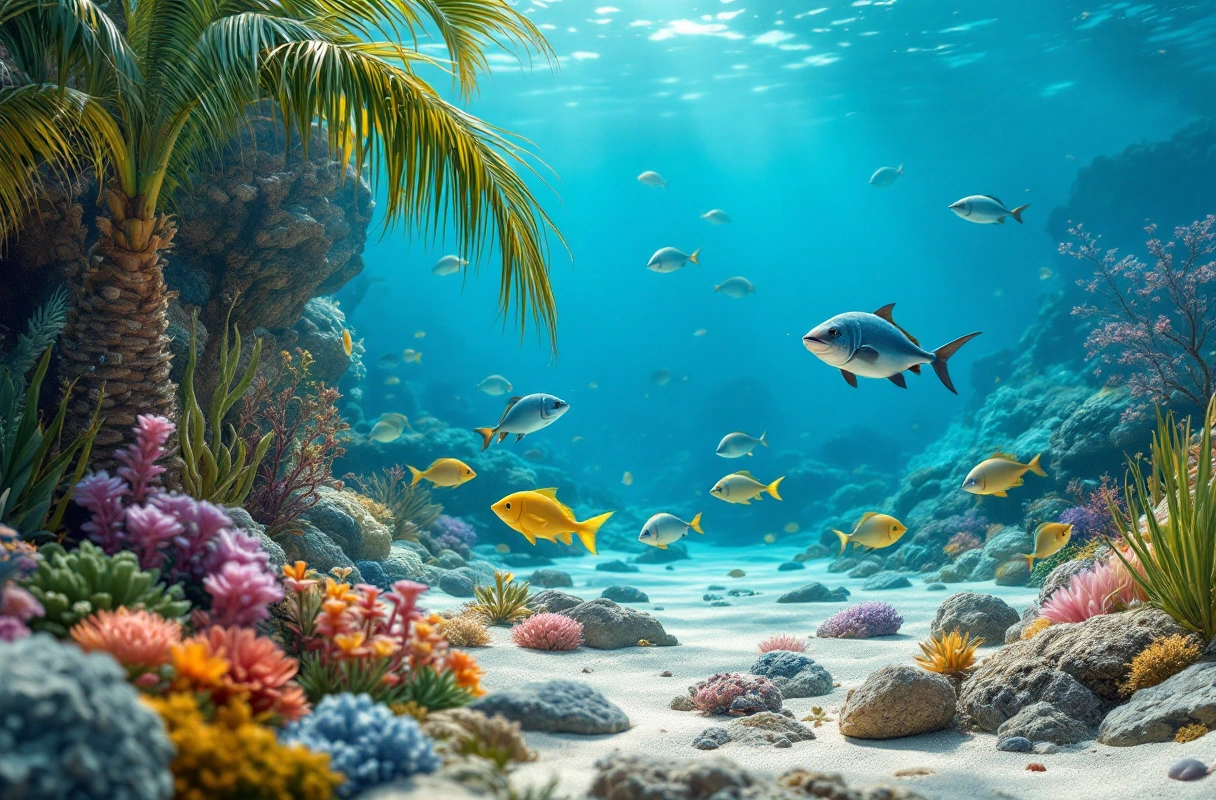
The world's oceans are home to a diverse array of sea creatures, each uniquely adapted to their environments. These organisms not only contribute to the rich tapestry of marine biodiversity but also serve as vital indicators of environmental health and climate change. As we observe shifts in their behavior, distribution, and physiology, we gain valuable insights into the broader impacts of climate change on our planet. This article explores ten fascinating sea creatures that help us understand climate change, examining how their adaptations can inform our responses to this global challenge.

Sea creatures play a critical role in the marine ecosystem and are often the first to exhibit signs of environmental stress. Their responses to changing conditions can provide us with early warnings about the health of our oceans. From coral reefs to deep-sea organisms, these creatures are not only fascinating but also essential for studying climate change effects.
Adaptation is the cornerstone of survival in the marine world. Sea creatures have developed a variety of strategies to cope with changing temperatures, acidity levels, and habitat loss. Here are some notable adaptations:
Many sea creatures have evolved physiological changes that allow them to survive in extreme conditions. For example, certain species of fish can modify their metabolic processes to cope with warmer waters. This ability to adjust their physiology is crucial as ocean temperatures continue to rise.
Behavioral changes are also common among sea creatures as they respond to environmental stressors. For instance, many fish species alter their breeding times in response to temperature changes.

Now, let's delve into ten remarkable sea creatures that exemplify these adaptations and provide insights into climate change.
Clownfish are known for their vibrant colors and symbiotic relationships with sea anemones. As sea temperatures rise, clownfish are showing changes in reproductive patterns, which can affect their populations.
Corals are highly sensitive to water temperature and acidity. Coral bleaching, a phenomenon caused by stress from rising temperatures, serves as a clear indicator of climate change. Healthy corals contribute to biodiversity and coastal protection.
Sea turtles have been migrating to cooler waters as ocean temperatures rise. Their nesting behaviors are also impacted, with temperature-dependent sex determination leading to skewed sex ratios in populations.
Pacific salmon are crucial to the ecosystems of the Pacific Northwest. They are experiencing changes in migration timing due to rising water temperatures, impacting their life cycles and the species that depend on them.
Bluefin tuna are highly sought after and are sensitive to temperature changes. Their spawning grounds are shifting due to warming waters, which affects their populations and the fishing industry.
Sea urchins play a vital role in kelp forest ecosystems. They are affected by ocean acidification, which impairs their ability to form shells. This can lead to significant ecological consequences.
Krill are foundational species in marine food webs. As sea ice diminishes due to climate change, krill populations are declining, which affects larger species that rely on them for food.
Jellyfish populations are on the rise, often in response to overfishing and climate change. Their increase can disrupt marine ecosystems and lead to negative impacts on fish populations.
Arctic cod are a crucial food source for many marine animals. As sea ice melts, their habitat is changing, leading to shifts in their distribution and population dynamics.
Sea stars are essential for maintaining the balance of marine ecosystems. Warming waters have led to outbreaks of sea star wasting disease, which has devastated populations along the Pacific coast.

Understanding the relationship between sea creatures and climate change is complex, and several misconceptions can hinder our efforts to address these issues.
While many sea creatures have remarkable adaptive capabilities, not all species can cope with the rapid pace of climate change. Vulnerable species, particularly those with narrow temperature ranges, may face extinction.
Although polar regions are experiencing some of the most pronounced effects of climate change, the impacts are felt globally. Tropical regions are also experiencing significant changes that affect biodiversity and ecosystems.
Human activities, such as pollution and overfishing, exacerbate the effects of climate change on marine life. Sustainable practices are essential for mitigating these impacts and preserving marine ecosystems.
Protecting sea creatures requires collective action and awareness. Here are some actionable steps individuals and communities can take:
Understanding the intricate relationship between sea creatures and climate change is crucial for fostering a sustainable future. As we explore the fascinating adaptations and behaviors of these organisms, we can appreciate their role as indicators of environmental health. The Banana Slug Club is dedicated to educating nature enthusiasts, students, and kids about the wonders of marine biology and the importance of preserving our oceans.
Through engaging educational resources and activities, the Banana Slug Club empowers individuals to take action in their communities and contribute to marine conservation efforts. If you're excited about learning more about identifying common sea creatures and the environment, we invite you to visit our website for more information and resources. Together, we can make a difference in protecting our oceans and the incredible life they support.
Get free resources, early access to new features and updates.
No spam. Just fun educational emails!